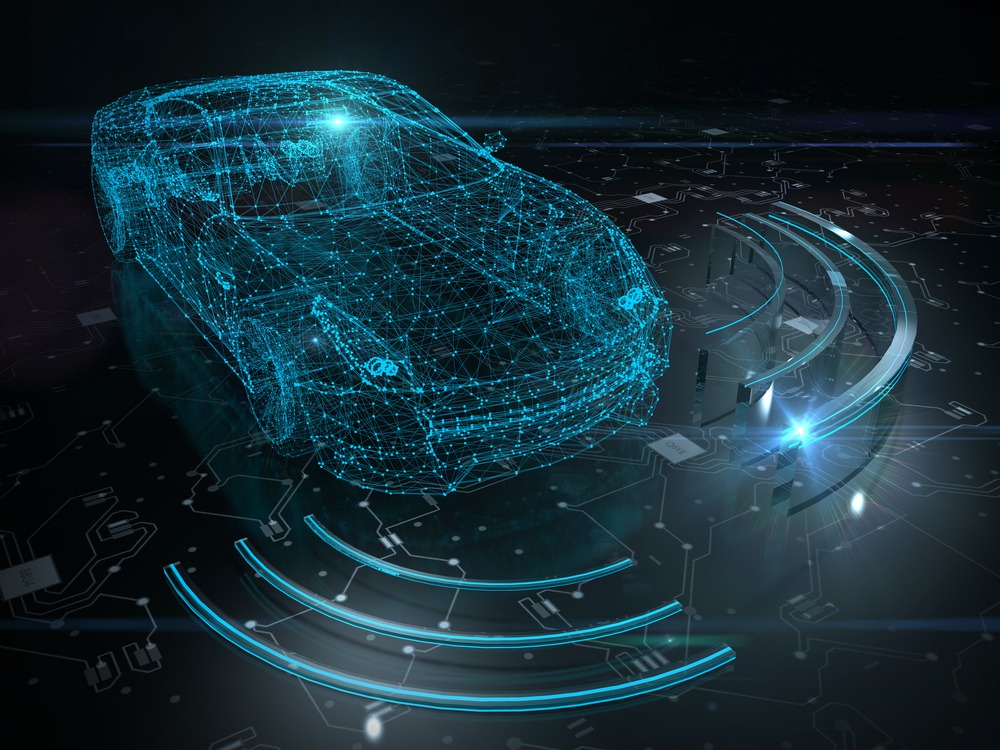
Ford Motor Co. and Virginia Tech Transportation Institute are partnering to test a method for autonomous vehicles to communicate with drivers, pedestrians, and cyclists.
The partners first determined light signals were the best means for vehicles to communicate with humans.
A light bar was installed on the windshield of a Transit Connect van, and the driver was concealed with a special suit. The simulated autonomous vehicle was tested and evaluated in real-world situations, traveling 1,800 miles in northern Virginia in August. The light-bar signals were activated more than 1,650 times.
Cameras captured a 360-degree view of the surrounding area.
“Understanding how self-driving vehicles impact the world as we know it today is critical to ensuring we’re creating the right experience for tomorrow,” John Shutko, Ford’s human factors technical specialist, said. “We need to solve for the challenges presented by not having a human driver, so designing a way to replace the head nod or hand wave is fundamental to ensuring safe and efficient operation of self-driving vehicles in our communities.”
The test is valuable to both autonomous-vehicle manufacturers and those who will share the road with these vehicles, Andy Schaudt, project director for the Center for Automated Vehicle Systems at Virginia Tech Transportation Institute, said.